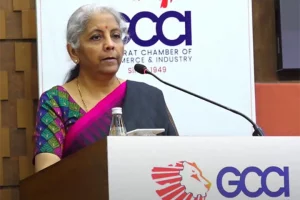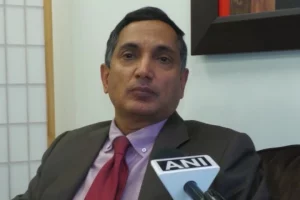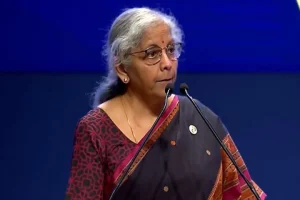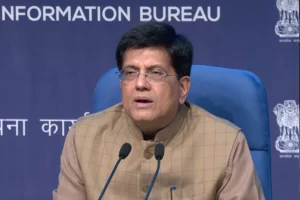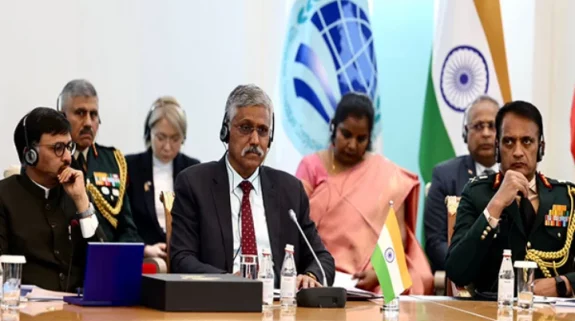As many as 58 million jobs have been added between 2019 and 2022, recent data published by National Sample Survey Office (NSSO) showed, amid concerns over rising unemployment especially in the wake of the Covid 19 pandemic and the ongoing Russia Ukraine war. Just a couple of days ago a Financial Times article — India’s Narendra Modi has a problem: high economic growth but few jobs—noted that unemployment could prove to be a serious “election challenge” for the BJP.
But is it really a jobless growth for India?
A journey through the semi-urban and rural landscape of the country will throw up a different story. For more and more people now, the inflow of incomes is becoming steady, albeit from non traditional jobs. This is leading to rising aspiration levels as well.
“Most people who do not work for organised outfits are taken to be unemployed but that does not mean they are not earning and therefore they cannot technically be considered as jobless, a large number of them are actually earning decent money,” an analyst told India Narrative. In India jobs are categorised as formal and informal or organised and unorganised.
Data capturing on employment in India needs to be rejigged in a way that it captures the real picture which must take into account the unorganised sector as well, senior journalist Subhomoy Bhattacharjee, who is now Senior Adjunct Fellow at RIS (Research and Information System for Developing Countries), said.
“A large number of people who are self employed or attached with unorganised areas project themselves as unemployed. That is not a true portrayal of what is happening on ground,” Bhattacharjee said.
Last year, the Centre said that more than 25 crore workers engaged in the informal sector registered on the e-Shram portal.
Take an example. The booming yet fragmented salon and grooming sector in India engages more than 20 million people directly and indirectly, most of whom are from the weaker section.
Similarly, according to the International Labour Organisation, the number of domestic helpers in India could be 20 million and 80 million though the official number is 4.75 million.
While many have underlined the need for bringing in better rules and regulations to monitor these segments which largely engages people, many of whom have not got any formal education, experts said that the employment generation has been satisfactory.
Besides, a large number are also engaged in the agriculture sector which go undocumented.
Nonetheless the Centre has pushed the pedal on employment generation.
The fall in demand for Mahatma Gandhi National Rural Employment Guarantee Act (MNREGA) is also an indicator of changing dynamics. The Centre has provided Rs 60,000 crore for this scheme in the next financial year, down from Rs 89,000 crore (as per the revised estimates in the current year). Though the reduction in MNREGA funding has drawn criticism, experts said that this is a demand driven scheme.
“This also shows that life and economic activities are normalising and therefore people are demanding less from MNREGA,” an analyst noted.
Also: Last full Budget before polls is expected to boost investments, create jobs
Boost to tourism sector in Budget will create more jobs, spur growth








